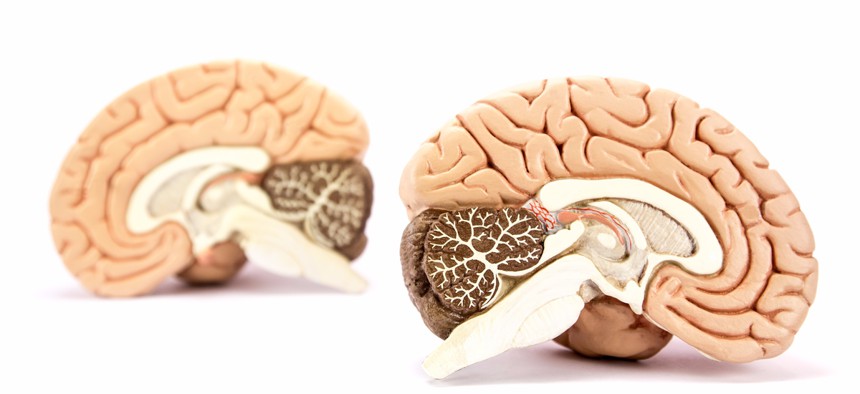
Bildagentur Zoonar GmbH/Shutterstock.com
A Neuroscientist’s Baby-Step Guide From Multitasking to Single-Tasking
If you actually need to produce good work in a short time, it's the only way to go.
Multitasking is more stressful than doing one activity at a time. It’s also less productive and, technically, not even possible. What looks like several simultaneous actions is really a series of frantic cognitive switches in the brain, each slurping from the same reserves of oxygenated glucose that we need to complete the tasks at hand.
It’s a terrible idea.
Yet we persist. Multitasking has in its corner our natural aversion to boredom and anxiety, neuroscientist Adam Gazzaley of the University of California, San Franscisco, said recently at the Fortune Brainstorm Health conference in San Diego. It feels fun, even if it’s draining our cognitive reserves. But if you need to produce high quality work in a limited amount of time, single-tasking is the way to go.
Gazzaley offered a three-step plan to baby-step one’s way from distraction to focus.
Hide your phone. Don’t just put it on silent, don’t just flip it face down. Put it in a drawer, a bag—anywhere, so long as it’s not visible to you. The mere sight of the phone triggers distracting thoughts, Gazzaley said. A 2014 study found that the presence of a cell phone on or near the table where study subjects were having a conversation resulted in a conversation that felt less empathetic and fulfilling than a device-free one.
Set a timer. Start with five minutes of distraction-free time devoted to nothing but the task at hand. You’ll increase this time as you build your focus skills. Quartz reporter Jenni Avins is a longtime advocate of the stopwatch method of time management. Try the classic Pomodoro Technique (25 minutes of work, five minutes of break) or a customizable time frame.
Take a break. Preferably outside. Instead of downing another cup of coffee at the desk, replenish your mental reserves with a break from work—and, ideally, a break from screens. Get outside if possible to the greenest space available. A 2008 study of children with ADHD found that children who took a walk through a park performed better on subsequent concentration exercises than those who wandered through a city. “Not all breaks are equal,” Gazzeley said. “Facebook is a sinkhole where you move further from your goal.”
NEXT STORY: How Sleep Resets the Brain






